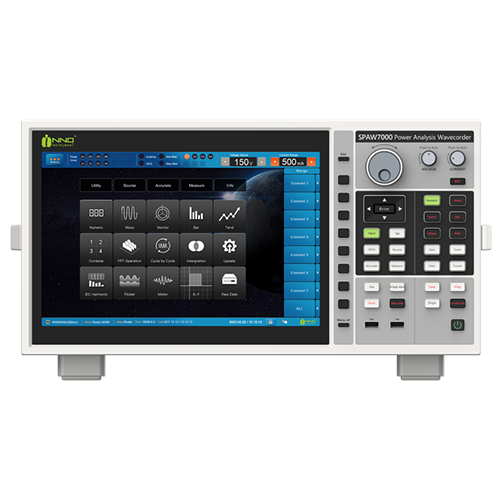In the field of photovoltaic power generation, inverters are generally categorized into two types: grid-connected inverters and off-grid inverters. The primary characteristic of grid-connected inverters is their higher power capacity and relatively lower cost.
They enable precise control of electric energy and do not require energy storage. DC electricity generated by photovoltaic systems is converted by grid-connected inverters and then directly fed into the public electrical grid. This ensures that the AC electricity is fully synchronized with the public grid, meeting the required frequency and phase characteristics of AC power.
At a time of an increasingly strained energy supply, doubled with a growing demand for electricity, public electrical grids are imposing higher quality and performance requirements on grid-connected inverters. However, in the current market, some inverters do not meet these requirements, and they may struggle to pass even conventional electrical characteristic tests, such as over/under-voltage protection, anti-islanding functionality, high/low voltage ride-through, harmonic distortion, maximum power point tracking (MPPT), and more. Therefore, it is essential to establish a series of stringent and comprehensive testing solutions for grid-connected inverters to ensure that they comply with relevant quality and performance standards, and can work safely and stably for a long time.
Main Advantages
SPAW7000 features 7 power channels and 2 motor channels, supporting a variety of voltage and current input ranges modules with distinct levels of precision. A maximum of 7 modules can be installed on a single instrument, each typically offering different specifications. This flexibility empowers users to select modules tailored to their specific requirements, thus customizing the instrument to accommodate a wide array of applications using just one power analyzer. We currently offer 8 modules with different specifications, with ongoing development of new modules.
Our power analyzer offers current phase compensation, integrating, fast Fourier transform and other functions; its data update rate can be as fast as 10ms to ensure high speed computation with high precision.





